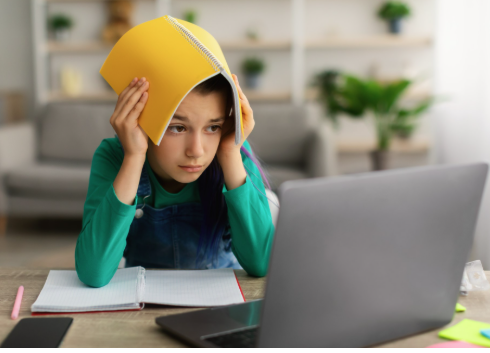Online learning has opened up exciting educational opportunities, but staying motivated without in-person interaction can be challenging. Distractions, lack of structure, and screen fatigue often affect students’ focus and drive. Fortunately, there are many digital tools designed to help students stay motivated, organized, and engaged throughout their online learning journey. Here are some effective tools and strategies students can use to stay on track.
… [sections 1–19 remain unchanged] …
20. How to Access Open Educational Resources
Open Educational Resources (OER) are freely available learning materials that students can use to deepen their understanding of a wide range of subjects. These resources include textbooks, videos, lectures, simulations, and assignments that are licensed to be freely used and adapted. Knowing where and how to access OER can save money and expand your learning opportunities.
Start with major OER repositories. Websites like OER Commons, OpenStax, and MERLOT provide curated collections of open-access textbooks and lesson plans created by educators and institutions. These platforms are particularly useful for finding full-length textbooks in subjects such as math, science, history, and literature. Most repositories also include user ratings and reviews to help identify high-quality materials.
University repositories and digital libraries are also key sources. Platforms like MIT OpenCourseWare, Harvard Online Learning, UC Irvine OpenCourseWare, and Saylor Academy offer complete course materials, video lectures, and self-paced learning programs. These are excellent for students looking to explore college-level content or reinforce topics from their current curriculum. Many institutions also publish open-access journals and research articles in their digital libraries.
Government and nonprofit databases provide reliable OER content too. ERIC (Education Resources Information Center) and NSDL (National Science Digital Library) host scholarly and practical educational materials that range from early education to post-secondary learning. PBS LearningMedia offers a wide range of multimedia content, including interactive simulations, teacher-created content, and primary source documents suitable for K-12 and beyond.
For specific formats like video and interactive learning, YouTube channels such as CrashCourse, Khan Academy, and MIT OpenCourseWare provide extensive playlists on topics from physics to philosophy. These are helpful for students who prefer visual or auditory learning styles. Platforms like Coursera, edX, and FutureLearn also provide access to free courses from universities around the world—many of which include downloadable readings and assignments.
Students can also use Google Advanced Search with filtering tools to find OER by selecting “usage rights: free to use or share.” This makes it easier to locate images, documents, and other materials that can be legally reused in projects or assignments. Wikibooks, Wikiversity, and Internet Archive are other useful platforms for accessing free textbooks and academic collections.
It’s important to check the licensing of OER materials. Most are covered by Creative Commons licenses, which indicate how the content can be shared, reused, or modified. For example, a “CC BY” license allows reuse with attribution, while “CC BY-NC” restricts commercial use. Understanding these licenses ensures you’re using materials responsibly and ethically.
Educators often link to OER in online course syllabi, discussion forums, or school LMS platforms like Canvas, Moodle, or Google Classroom. Don’t hesitate to ask your teacher or librarian for help locating subject-specific resources or integrating OER into your study plan. Some schools even maintain their own curated OER guides or recommend discipline-specific repositories.
In addition to academic content, OER can also support creative projects, science labs, and independent exploration. Platforms like PhET Interactive Simulations, CK-12, and Code.org offer hands-on, interactive experiences that help students apply concepts in engaging ways. These tools are especially useful for STEM learners who benefit from experiential learning.
In summary, open educational resources are a powerful tool for expanding your learning toolkit. By knowing where to find them and how to use them effectively, students can gain access to high-quality academic content without the barrier of cost, supporting independent study, enrichment, and success in both online and in-person learning environments. With a thoughtful approach to finding and using OER, students can take greater ownership of their education and build skills that extend far beyond the classroom.














